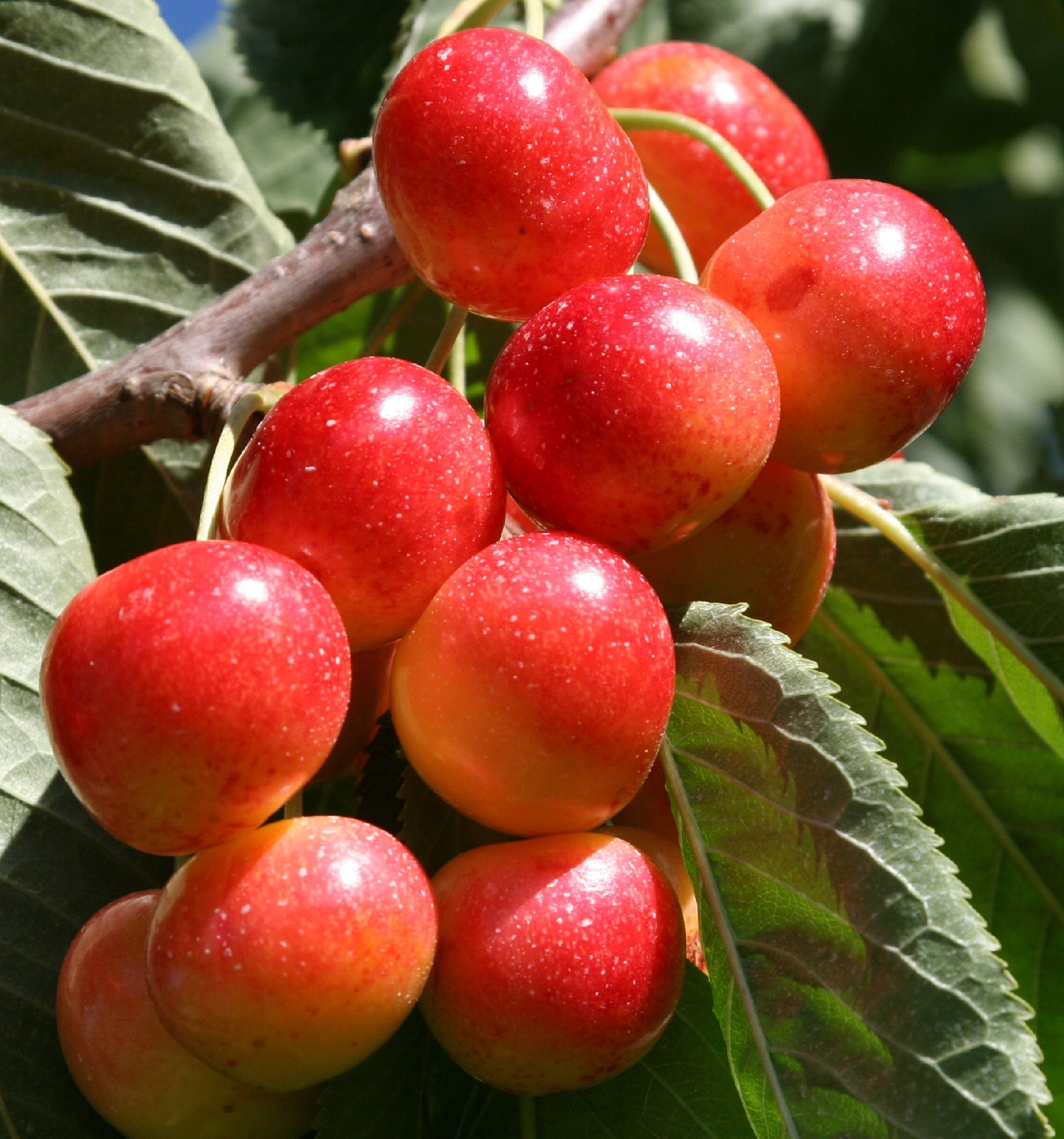

The first crepe is usually not perfect - even a mess. Flip the crepe onto a rack, and cover it with a cloth. Cook for approximately ½ minute on the second side. Loosen the edges with a table knife, and turn the crepe with a spatula. The underside will be a mottled light brown. It will be firm, and the edges will have begun to ruffle. Cook the crepe for approximately 1 minute on the first side. Note how much batter you used, and start with that amount for the next crepe.Ħ. If there is too much batter, pour it back into the bowl. Using a small ladle or measuring cup, add approximately ⅛ cup of batter to the pan and begin to tilt the pan, swirling the batter to coat the bottom as thinly as possible. Add around a teaspoon of butter (more than you would for standard crepes), and swirl it around. A drop of water should evaporate immediately. Reheat the pan thoroughly over a medium flame. Pour the butter from the pan and whisk in.Ĥ. Add the eggs, whisking to mix thoroughly. (If lumps form, blend in a food processor or blender or put through a coarse sieve.)ģ. Pour on the milk, and whisk rapidly to combine the ingredients and prevent lumps from forming. Place the flour and salt in a large bowl. Over low heat, melt the butter in the pan you will use to cook the crepes (see note).Ģ. The recipe can also be prepared in a blender or food processor.ġ¼ cups buckwheat flour (6¼ ounces, 180 grams)ġ cup milk (any fat content you have on hand)ġ. The mixed-grain version will be easier to work with but milder in flavor. You may substitute all-purpose flour for half the buckwheat flour, in which case you should let the batter rest in the refrigerator for at least an hour to relax the gluten. Don’t be discouraged if your first crepe or two is not a success. Here are my recipes for the basic crepes as well as an appetizer of stacked crepes filled with mushrooms and creme fraiche, and a dessert of folded crepes filled with sour cherry preserves and topped with fresh cherries and ice cream.īuckwheat crepes Jane Rosemarin / Heavy Tableīe sure the pan is thoroughly heated, in step 4, before beginning to cook the crepes. You would then fold the crepe like a loose envelope, leaving part of the egg peeking out the center. To make a classic Breton dish, you would place a largish cooked crepe back in the pan, good side down add cheese, a raw egg, and maybe some ham and cook until the cheese is melted and the egg is done. Local co-ops sell fresh, organic buckwheat flour from Whole Grain Milling, and packaged buckwheat flour from Bob’s Red Mill can be found at some grocery stores. Buckwheat, Fagopyrum esculentum, is not actually a grain, and is therefore gluten free.

I like the way the butter plays off the nuttiness of the buckwheat. It’s moistened with a rich combination of milk, water, eggs and butter. And the wet ingredients may include oil, butter, eggs, milk, or beer.

Recipes often call for the addition of all-purpose flour. The simplest scratch recipe for the crepes contains only buckwheat flour, water, and salt. There you can buy premixed batter in a milk carton to pour directly into your pan. Jane Rosemarin / Heavy Tableīuckwheat crepes are a specialty of Brittany, which juts out into the Atlantic from the edge of France. This is the real reason “French women don’t get fat”: too much effort eating around the pits. In France, the cherry clafoutis, a baked rustic dessert, is often made with the pits in. Another source recommends simply pushing the pits out, but I think this would leave you with a squishy mess. Or you could cut the cherry in half, twist the halves, and extract the pit from the part it sticks to … really tedious. Even Alice Waters recommends this method. I often read that you can open up a paperclip and use the curved portion to scoop out the pit. We must now address the pitting of cherries. If you do find fresh sour cherries at a farmers market, they freeze beautifully. Frozen Montmorency cherries (a classic varietal) can be found at Whole Foods for $7 a pound. If you miss the short and unpredictable cherry season, Jean Davidson makes a fine cherry jam, and her first jars of the year ($5 / 8 ounces) will be for sale on Sunday. The fruit has also been available from Davidson’s Farm at the Kingfield market. We’ve supplemented our harvest with cherries purchased at the Mill City Farmers Market from Prairie Hollow Farm. Last year we purchased a North Star cherry tree, and this season it provided us with a pound and a half of fruit (plus an offering for the birds). When the cherries arrive, I want to make a free-form cherry tart and cherry-filled buckwheat crepes. For the past few years, I’ve looked forward to early July as a time to gather sour (or pie or tart) cherries from a friend’s tree or to catch their fleeting presence at the farmers market.


 0 kommentar(er)
0 kommentar(er)
